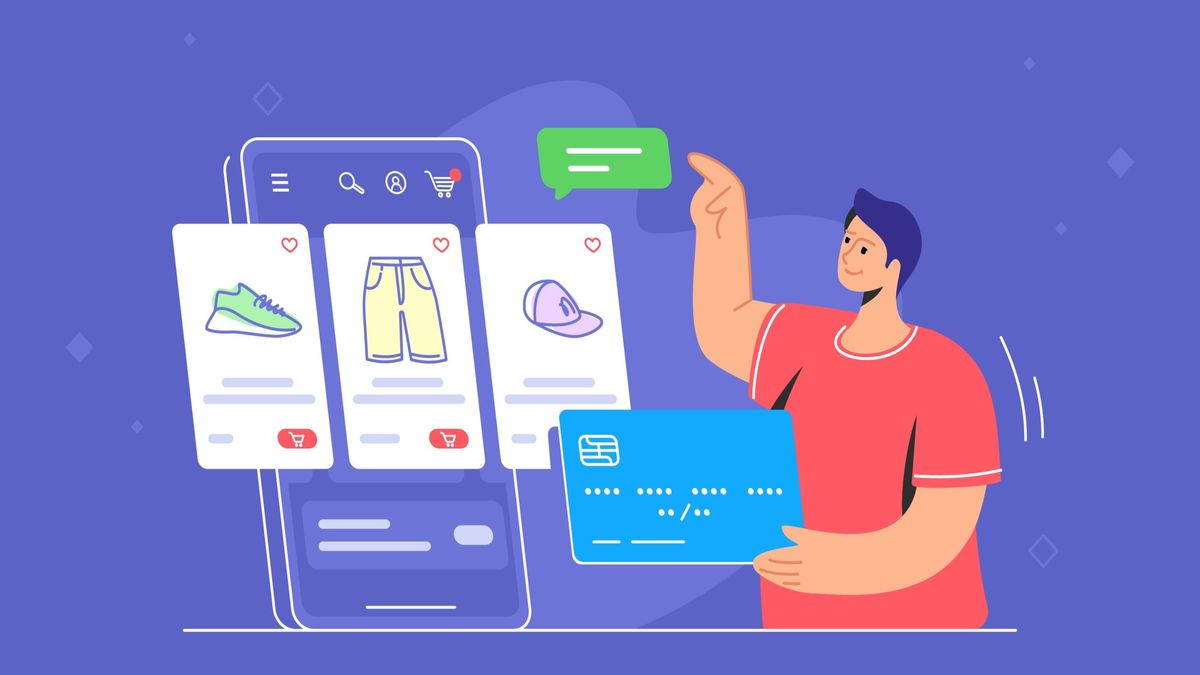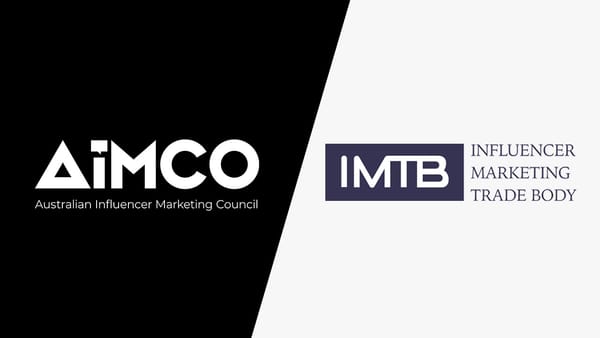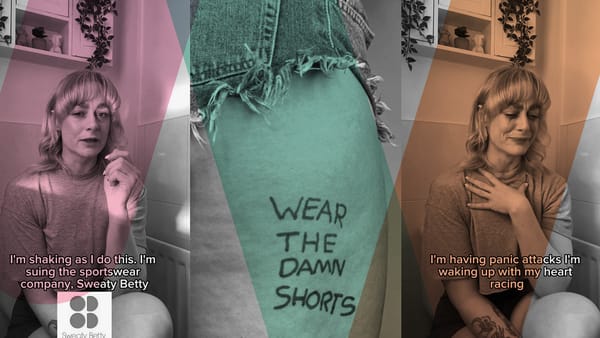When marketers dip their toes into influencer marketing, many think of creators as just another advertising channel. They might think, for example, about dividing their campaign efforts across print, digital, and creators. But to treat creators as just another form of media inventory risks missing out on their distinct value proposition.
Influencers are not commodities to be sold like bags of potatoes. They are content creators, brand builders, and influencers with strong connections to a brand’s target audience. Capitalising on those assets means not treating creators like cheap tickets to one-time transactions but rather as partners who can drive long-term value essential to boosting a brand’s bottom line.
Three types of value marketers should look to generate from partnerships with creators include better resonating with their audiences, building long-term relationships, and learning about their audiences through the intimate connections the creator maintains with them. All of this is about transforming creator marketing into an engine of social commerce, not just impressions.
Resonate with your audience
Among the chief challenges facing marketers is how to design creatives that resonate with their target audiences. Marketers often speak to several distinct personas, some of whom may be vastly different from their own creative professionals. So, building a base of trust and striking the right tone with all those audiences can take years.
The right creator partnerships can help brands accelerate to crafting content that resonates. An effective creator is like the most charismatic and knowledgeable local mother dishing out recommendations at a Tupperware party. The creator’s audience intuitively trusts the creator due to her charisma, expertise and relatability. In turn, the creator lends that credibility to the product, delivering a sense of trust that can otherwise take the brand years to develop.
Plus, with creators, marketers do not need to limit themselves to a single audience or to a single influencer expected to connect with all the brand’s ideal personas (as in, say, the period of marketing dominated by linear TV). Brands can partner with different creators who bring to the table intimate connections with various target audiences, magnifying the resonance of branded content across channels and personas.
Build long-term customer relationships
Creator marketing is like other forms of content marketing such as thought leadership — a single post or campaign cannot maximise the value of the creator or their content. Rather, for creators to mobilise their audiences into brand advocates, they need to build trust over time by gradually accustoming their audience to the product’s value and highlighting different enticing facets of it.
To that end, marketers should not look at creators as merely media inventory fit to host an ad to drive one-time product exposure. They should view creator partnerships as a long-term proposition, measuring incremental progress.
One way brands can foster this long-term partnership is to give creators a piece of the results they generate. By paying creators sales-based commissions, brands are incentivising them not just to flaunt a product once in a video but to actively advocate on the product’s behalf over time, encouraging their audience to get to know the company.
Forward-thinking brands are even signing creators to contracts. This is analogous to marketers signing multi-year sponsorship deals with leading musical artists and athletes. The idea is the same — the creator is tying their identity to the brand over years so that their audience comes to associate the brand with the excellence, relatability, or charisma for which they value the creator.
Learn about your audience
Marketing discourse has been aflutter for years now with concerns about diminishing audience insights due to data privacy restrictions. Changes such as the death of the third-party cookie on Chrome and Apple’s downgrading of its mobile identifier have put a premium on direct relationships with audiences so that marketers can learn about their preferences, craft better messages and measure performance.
This is another way creators can help marketers transcend the limited value of other forms of advertising. With creators, marketers can get direct access to what should be highly engaged audiences who should overlap with their ideal personas. Creators can provide consultative intelligence on these audiences and even post polls to collect valuable zero-party data.
There are more cost-effective marketing methods, such as programmatic, to reach audiences at scale. But with creators, marketers can learn about and connect with their audiences on a deeper level and leverage feedback to optimise future messaging. That’s a formula not just for mass exposure but for driving social commerce.








